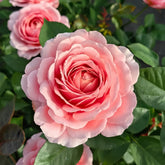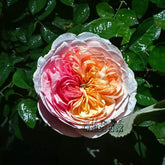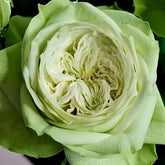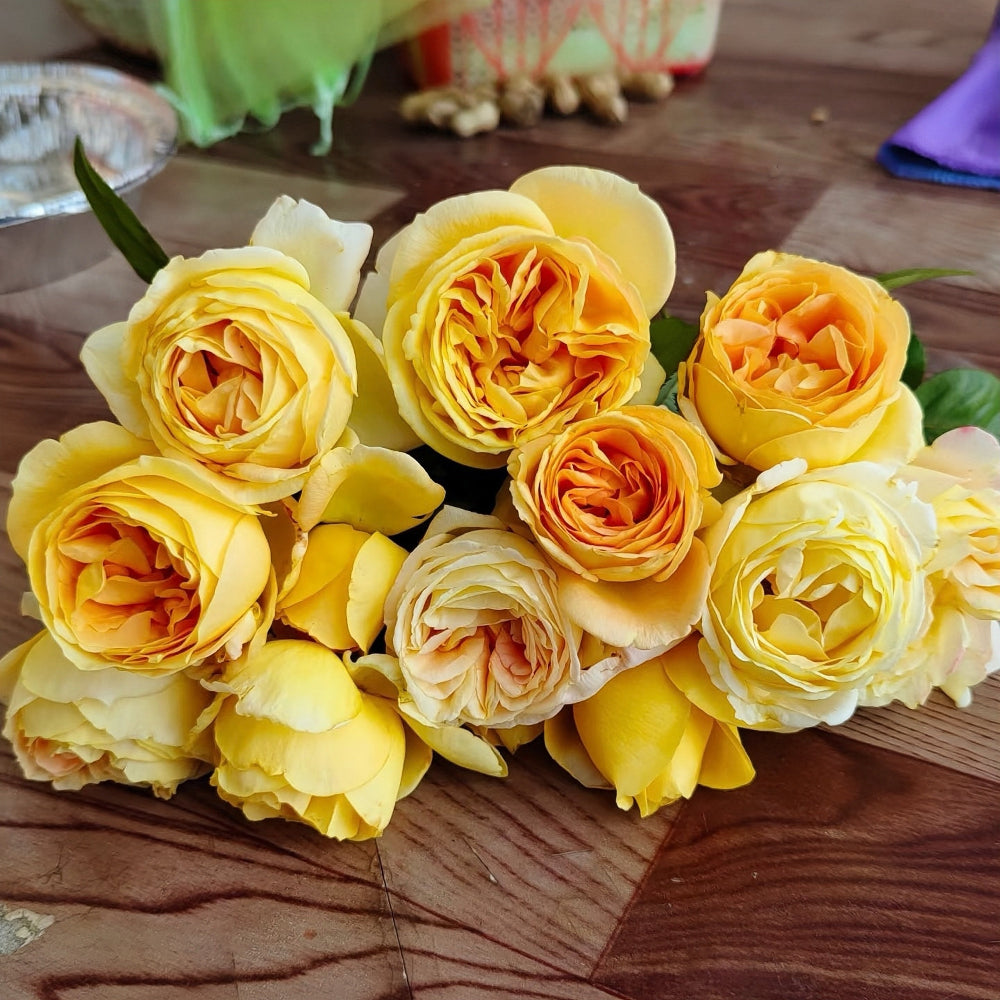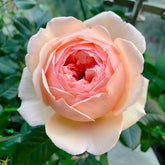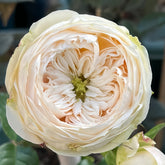Rose Black Spot: A Complete Guide to Protecting Your Roses from This Common Fungal Disease
by
SmithZoe
17 Oct 2025
If you’re a rose gardener, you’ve likely faced the frustration of Rose Black Spot—a persistent fungal disease that can turn lush rose bushes into bare, struggling plants. Not only does it ruin your roses’ appearance, but it also weakens their ability to grow and survive, especially in winter.
What Is Rose Black Spot?
Rose Black Spot is a destructive fungal disease caused by Marssonina rosae, a fungus that spreads through tiny spores. Unlike some plant diseases that only strike in specific seasons, Rose Black Spot is a year-round threat, making it one of the most annoying issues for rose growers. Left unchecked, it doesn’t just damage leaves—it can stop roses from blooming, cause premature leaf drop, and even reduce their ability to survive cold winters.
How to Identify Rose Black Spot (Early Signs Matter!)
Catching Rose Black Spot early is key to stopping its spread. Here’s what to look for on your rose bushes:
- Initial spots: Small purple-white spots first appear on the upper surface of leaves—sometimes on buds too. These are the first warning signs of Rose Black Spot.
- Maturing spots: Within days, those light spots darken to almost black, forming round, radiating shapes (the “black spots” that give the disease its name).
- Leaf damage: In 8 to 10 days, infected leaves turn gray-brown, curl up, and fall off. This rapid leaf drop is a clear sign Rose Black Spot is active.
- Long-term harm: As leaves fall, roses become “bald,” wilt, and stop growing well. They may bloom very little—or not at all. Without leaves to capture sunlight, roses enter a stressed dormant state early, making them much weaker in winter.
Where Does Rose Black Spot Come From?
Rose Black Spot doesn’t appear out of nowhere—its fungus hides in specific places, waiting for the right conditions to attack. Knowing these sources helps you cut off the disease at its root:
- Fallen leaves from last year: This is the most common carrier of Rose Black Spot. Fungi linger on dead leaves through winter, then release spores in spring to infect new growth.
- Alkaline or weakly alkaline soil: These soil types provide a cozy home for Rose Black Spot fungi to overwinter, increasing your roses’ risk next season.
- Infected neighboring plants: Spores from nearby roses with Rose Black Spot can blow onto your plants or wash over with rain.
- Unsanitized gardening tools: Scissors, pruners, or shears that touch infected roses will spread Rose Black Spot if not cleaned with disinfectant first.
What Makes Rose Black Spot Grow Worse?
Certain conditions make Rose Black Spot thrive. Avoiding these triggers will drastically lower your roses’ risk:
- High air humidity: Moist air helps Rose Black Spot spores germinate and spread quickly.
- Sudden weather changes: Quick shifts in temperature or rainfall stress roses, making them less able to fight off Rose Black Spot.
- Warm, damp weather: This combination is perfect for Rose Black Spot—fungi multiply fastest when it’s warm and wet.
- Incorrect watering: Watering leaves (instead of roots) or overwatering (causing soggy soil) creates moisture that fuels Rose Black Spot.
- Too much nitrogen fertilizer: Excess nitrogen makes roses grow soft, lush leaves—weakening their resistance to Rose Black Spot.
- Lack of potassium, phosphorus, or trace elements: These nutrients strengthen roses’ natural defenses. Without them, Rose Black Spot can attack more easily.
- Overcrowded plants (poor airflow): Roses planted too close together trap moisture and slow air circulation—ideal for Rose Black Spot.
- Insufficient sunlight: Shady areas stay damp longer, giving Rose Black Spot more time to grow.
How to Prevent Rose Black Spot (Proven Steps)
The best way to deal with Rose Black Spot is to stop it before it starts. These simple, effective habits will protect your roses:
- Plant in well-ventilated areas: Good airflow dries leaves quickly, making it hard for Rose Black Spot to take hold.
- Clean up after pruning: Always remove and destroy pruned branches or leaves—never leave them near your roses, as they can carry Rose Black Spot spores.
- Keep soil clean and loose: Rake up fallen leaves regularly, and loosen soil to improve drainage. This stops Rose Black Spot fungi from hiding in damp soil.
- Fertilize correctly: Skip excessive nitrogen. Use a balanced fertilizer with potassium and phosphorus to boost your roses’ resistance to Rose Black Spot.
- Water at the roots: Water your roses from below (not overhead) to keep leaves dry—this is one of the easiest ways to prevent Rose Black Spot.
- Use biological fertilizers: These fertilizers (with beneficial microbes) improve soil health, making it harder for Rose Black Spot fungi to survive.
- Choose resistant varieties: Start with rose cultivars bred to resist Rose Black Spot—this reduces your work and risk right from the start.
- Use preventive sprays: Apply mild sprays (like Bordeaux Mixture) during high-risk seasons (spring and early summer) to block Rose Black Spot spores.
How to Treat Rose Black Spot (When It’s Already There)
If you spot Rose Black Spot on your roses, act fast to stop the spread:
- Remove infected leaves immediately: Pick off any leaves with black spots and throw them away (don’t compost them—this will spread Rose Black Spot).
- Clear the garden in dormancy: In late winter (before new growth), spray your entire garden with Lime Sulfur. This kills overwintering Rose Black Spot fungi and prevents spring outbreaks.
- Use targeted fungicides: For active Rose Black Spot infections, use effective fungicides like:
- Bordeaux Mixture (great for prevention and early treatment)
- Flusilazole
- Azoxystrobin + Difenoconazole (a common combination for fungal diseases)
- Trifloxystrobin + Tebuconazole
- Tebuconazole
- Spiroxamine + Tebuconazole
Follow the fungicide’s instructions closely—using the right amount at the right time is critical to beating Rose Black Spot.
Final Tips for Beating Rose Black Spot
Rose Black Spot is common, but it’s not unbeatable. By learning to identify it early, avoiding its triggers, and sticking to preventive habits, you can keep your roses healthy and blooming. Remember: preventing Rose Black Spot is always easier than treating a severe infection.
Would you like me to create a printable Rose Black Spot Prevention & Treatment Checklist that summarizes all the key steps, so you can easily reference and track your rose care routine?



